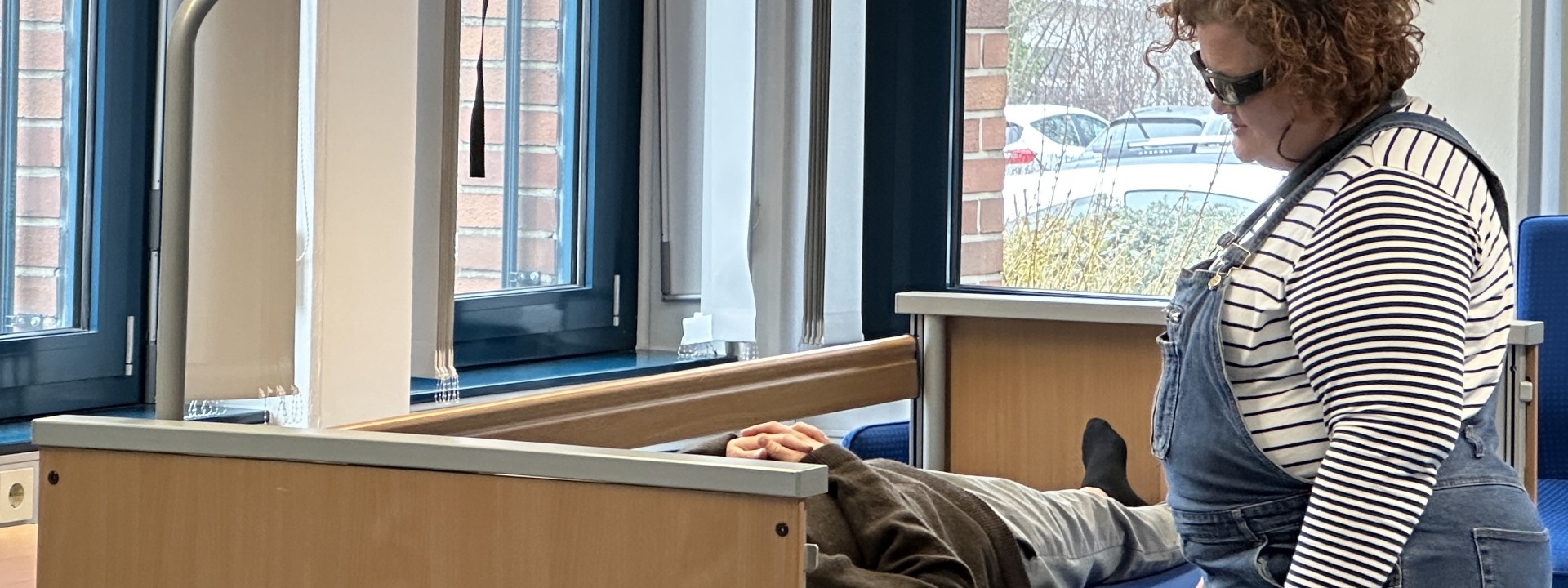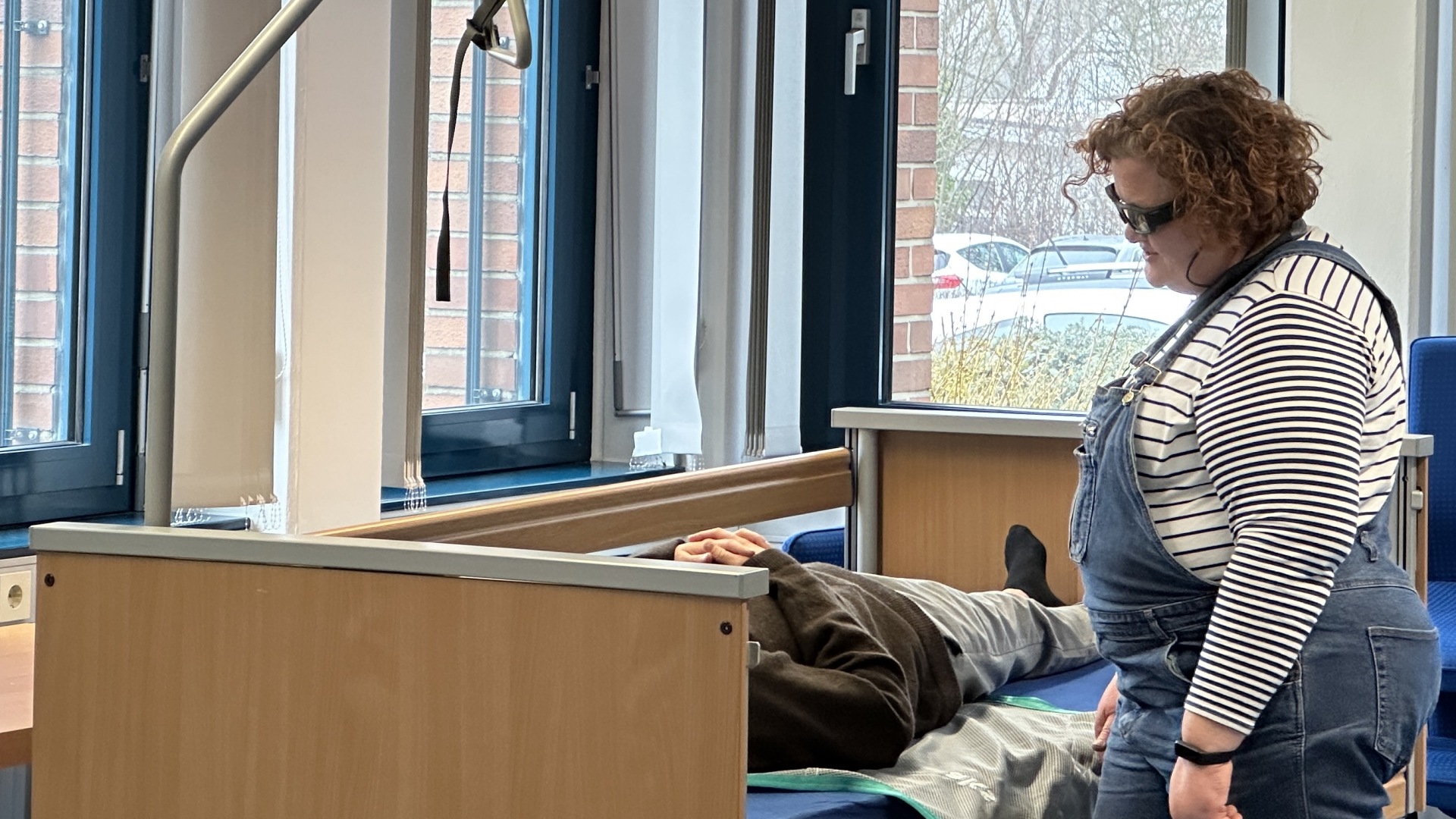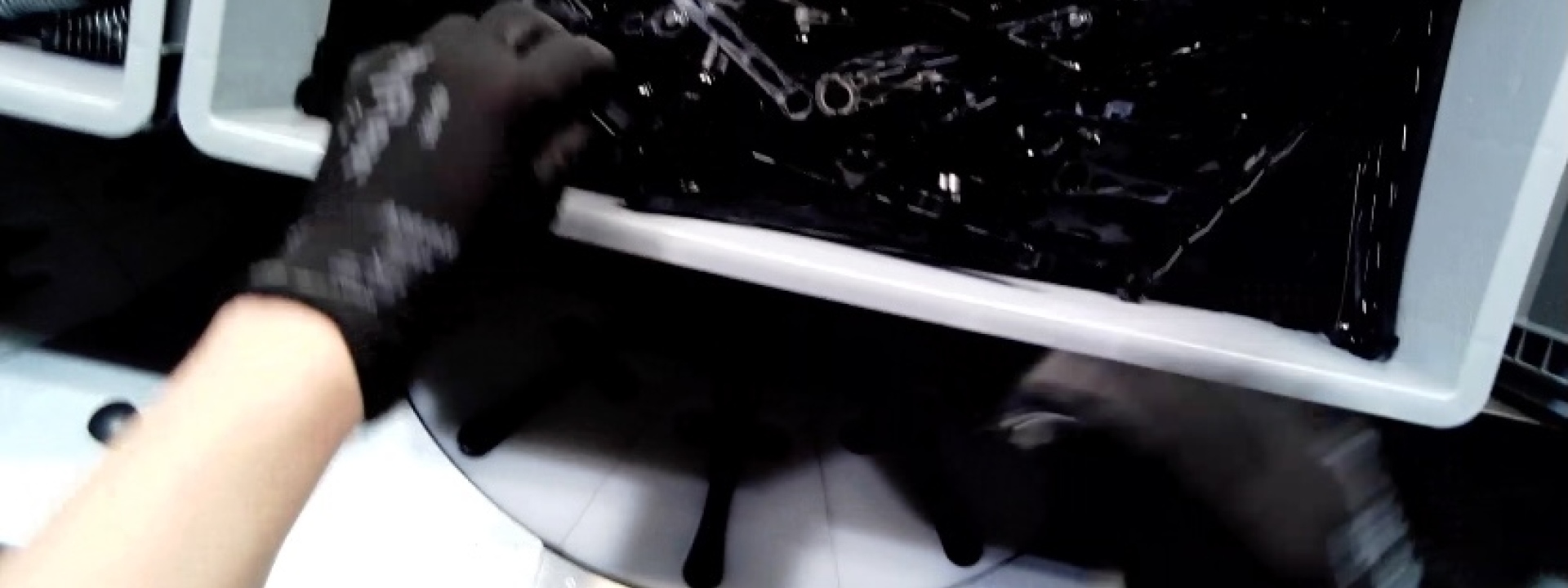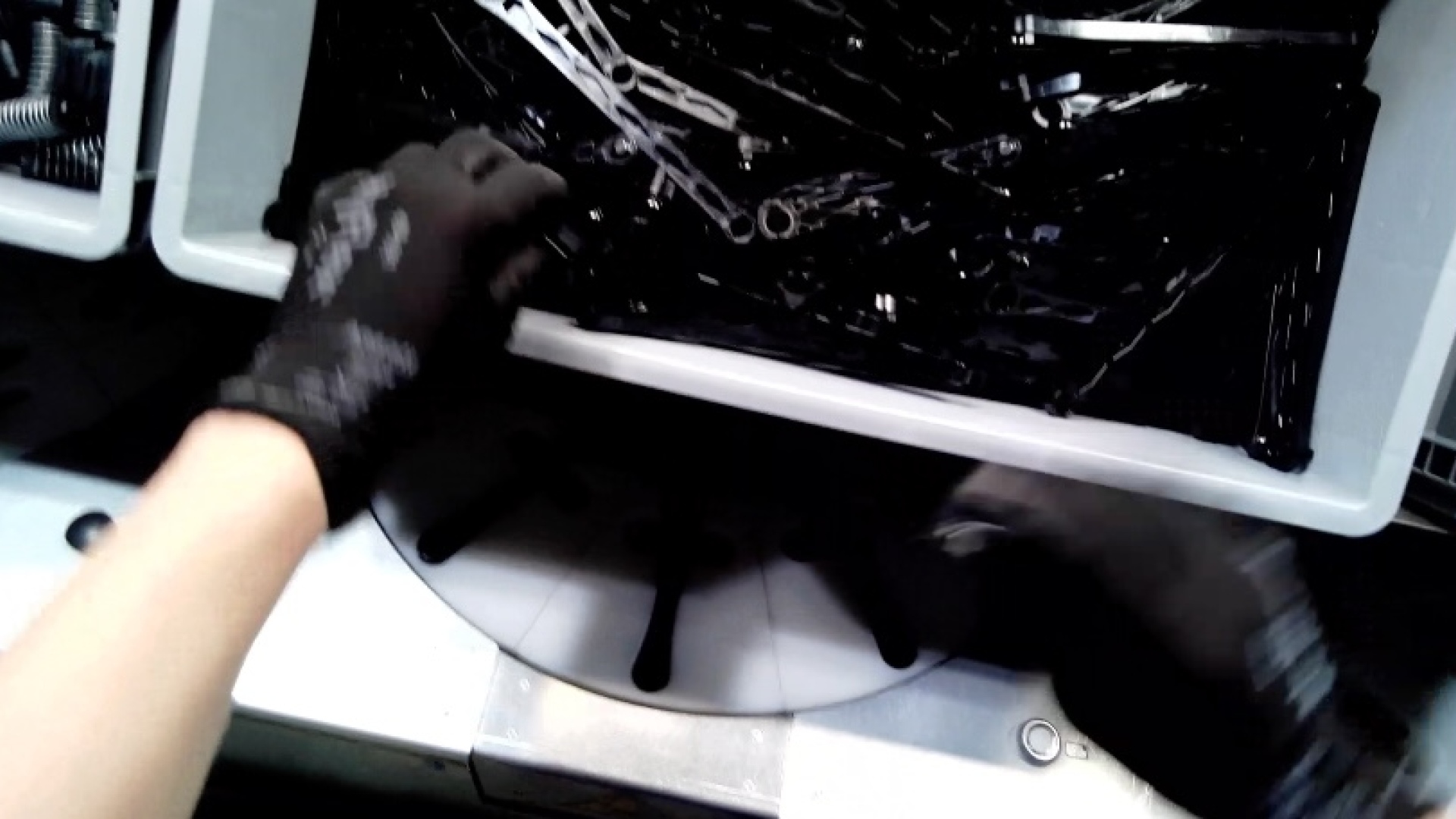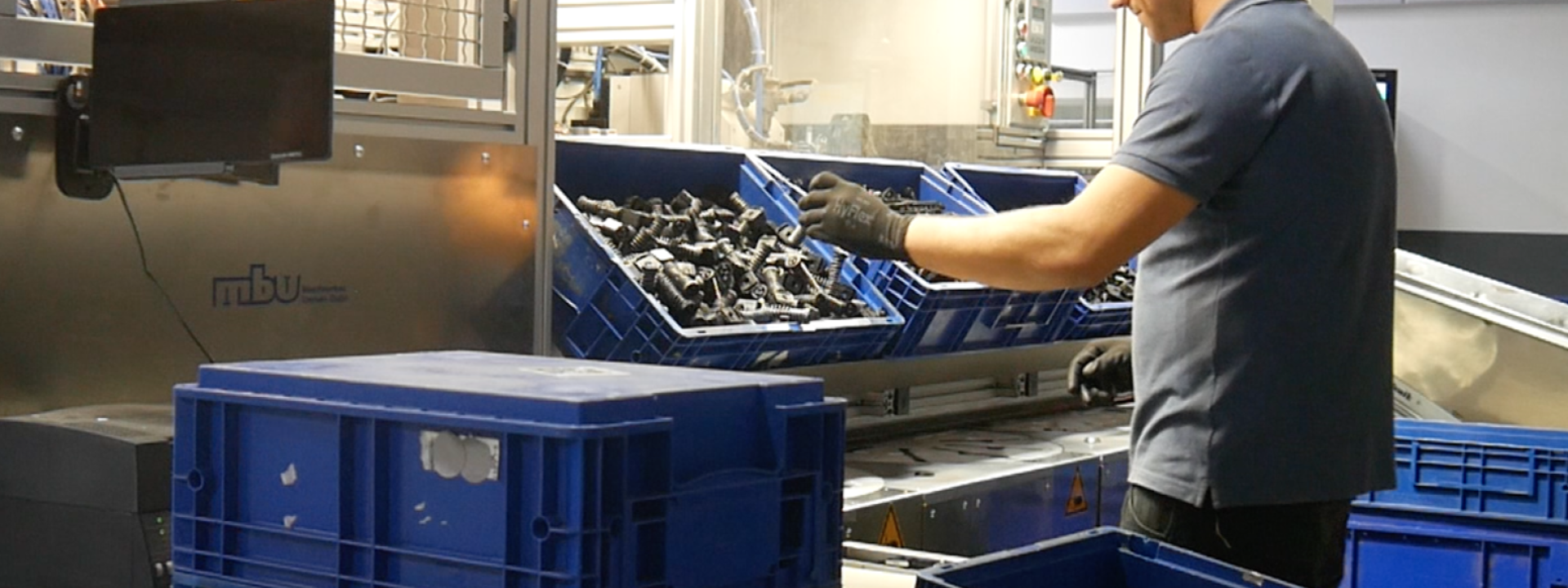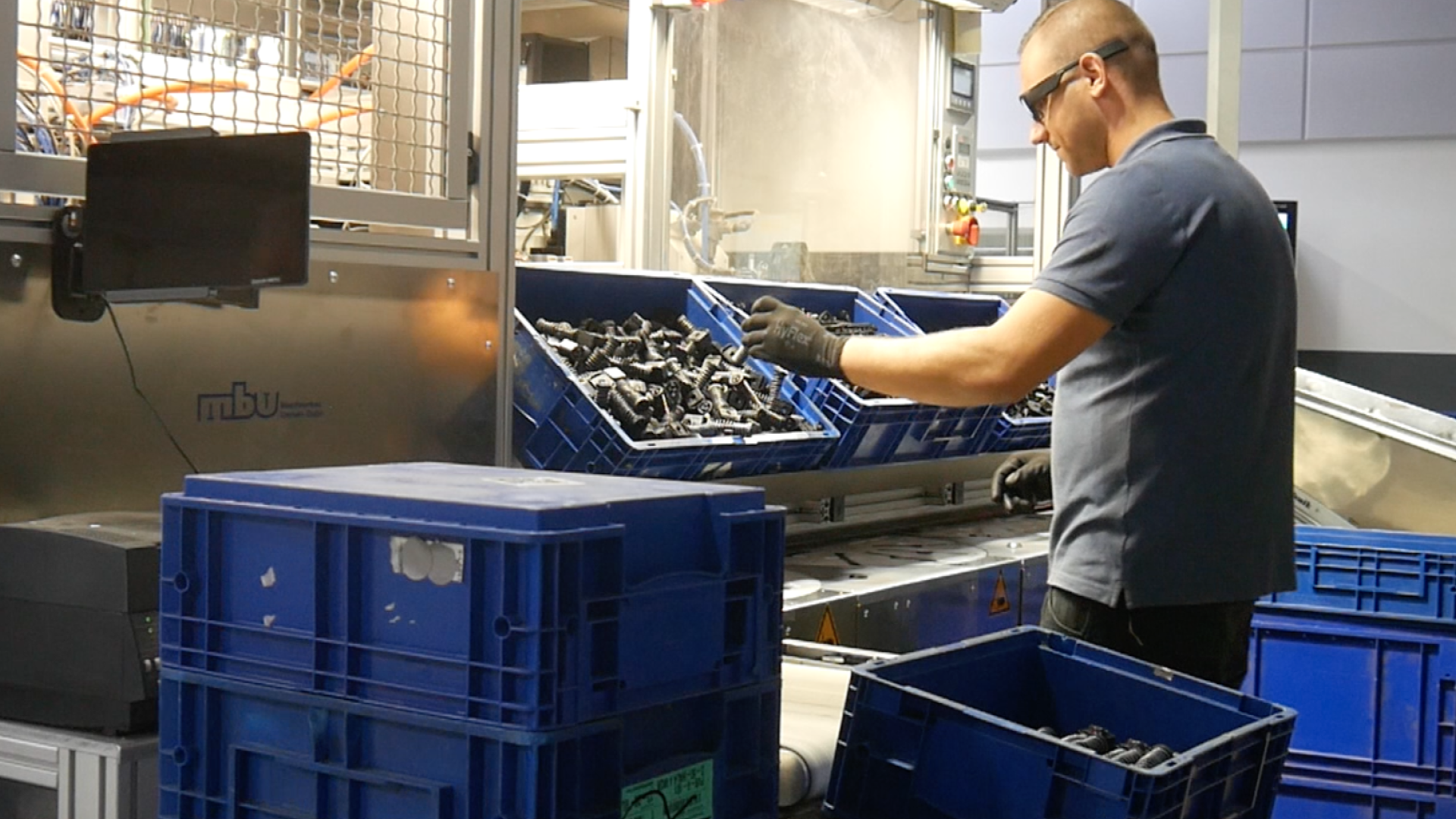Project SmARtorials
Project goal
The “smARtorials” project started in June 2021. This project aims to support small and medium-sized companies (SMEs) in generating textual tutorials, video tutorials, and tutorials in augmented and virtual reality as well as existing or self-generated tutorials in practice. This is intended to enable employees to pass on knowledge that they previously had no suitable opportunity to explain through self-generated video tutorials. In addition, employees can use the knowledge generated and provided by others in this way with little effort and apply it in practice. This is to be achieved through the development of intelligent video tutorials in which work activities can be filmed and additionally explained verbally or textually on digital media.
Task and role of Interactive Systems in the project
The University of Duisburg-Essen with the Chair of Interactive Systems is responsible for the design and evaluation in the context of human-technology and human-AI interaction in the SmARtorials research project. The aim is to achieve a participatory design, i.e. a high level of user integration, together with the research partners.
The research project is funded by the Federal Ministry of Research, Technology and Space
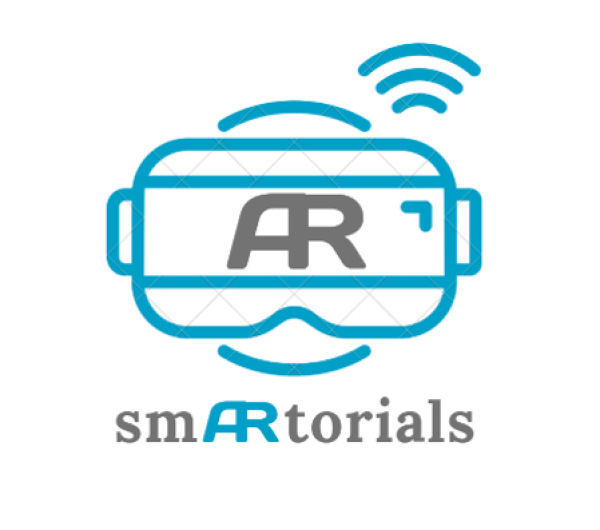
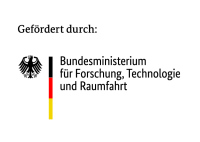
Method
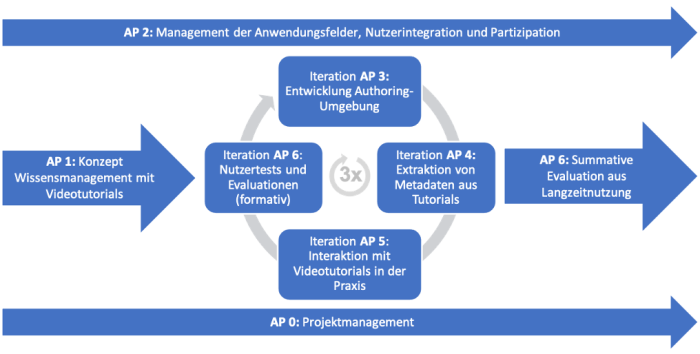
In the project, two application partners from different domains (KKT Frölich Kautschuk-Kunstoff-technik GmbH, production operation; FundK gGmbH, care institution) work together with an implementation partner (Task9 GmbH) and a research partner (Interactive Systems) to implement the project goals.
This composition guarantees a strong application orientation and a broad coverage of needs for SMEs. The partners develop the solutions together and in an interdisciplinary manner right from the start.
After a joint requirements analysis, three iterations of development and practical testing are carried out with the application partners, resulting in a software solution to support the transfer of knowledge in SMEs. In order to enable the recording and playback of tutorials in everyday work, data glasses are used that can be worn by employees while working. Through the use of barcodes, automatic adjustments to the tutorials and the recognition of employee activity, tailor-made sections of tutorials should be offered during work. This enables users to access exactly the section of a tutorial they need with little effort (even if they don't know exactly which section it is beforehand).
Research partners in SmARtorials
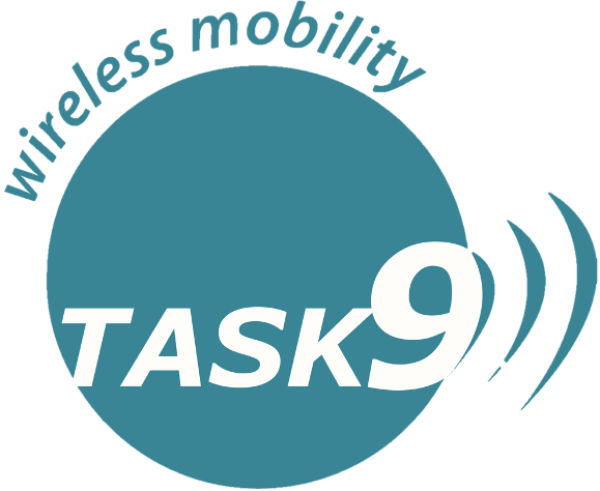
Task9 GmbH
Task9 GmbH is a technical development partner in the SmARtorials research project. Task9 GmbH is responsible, among other things, for the development of tools for the AI-supported use of video tutorials in knowledge management. In close exchange with the application partners, a practice-oriented development is aimed for.
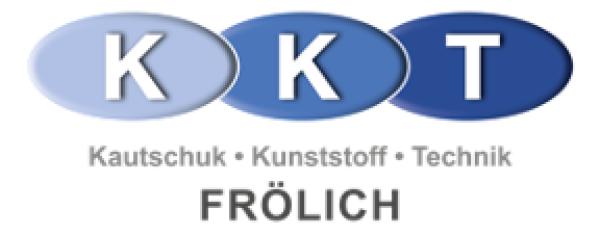
KKT Frölich Kautschuk-Kunstoff-Technik GmbH
KKT Frölich Kautschuk-Kunstoff-Technik GmbH is an application partner in the SmARtorials research project and represents the user perspective in the area of production. KKT Förlich Kautschuk-Kunstoff-Technik GmbH is responsible, among other things, for the evaluation of needs and potentials in the context of production.
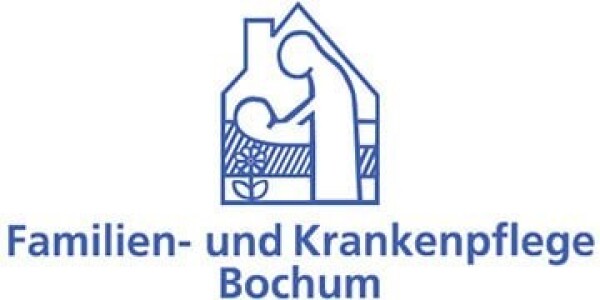
Familien- und Krankenpflege Bochum gGmbH
Familien- und Krankenpflege Bochum gGmbH is an application partner in the SmARtorials research project and represents the user perspective in the field of care. The Familien- und Krankenpflege Bochum gGmbH is responsible, among other things, for the evaluation of needs and potentials in the care context.




